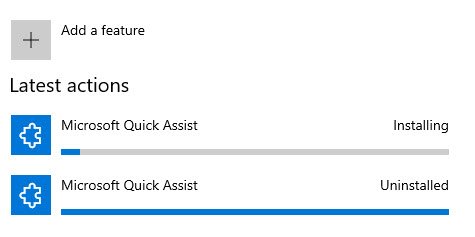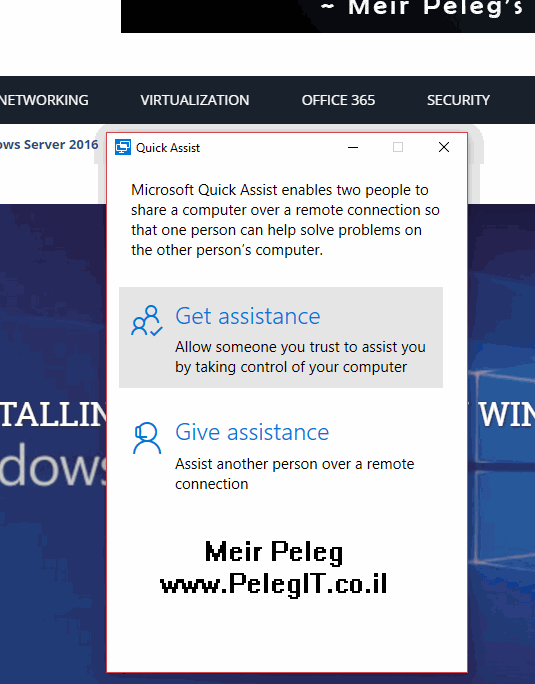

The app connects your computer with the Microsoft support agent’s computer using a remote connection. Use the Quick Assist web app to get help with your computer directly from Microsoft support agents. Quick Assist web appįor: Windows 8.1, supported Windows Server versions, supported macOS versions Option 3: Select the Search bar or Search icon, enter quick assist, then select Quick Assist in the list of results.Īfter Quick Assist opens, enter the code provided to you by Microsoft. In Windows 10: Select Start > Windows Accessories > Quick Assist.

In Windows 11: Select Start > All apps > Quick Assist. Option 1: Press Ctrl + Windows logo key + Q at the same time. To open Quick Assist on your Windows 10/11 PC, do one of the following: You can press Win + Ctrl + Q, and the operating system will run the original variant if the Microsoft Store version is not installed.Important: You might need to update Quick Assist to continue using it. It also ensures that the Quick Assist shortcut launches the correct version of the app. The update adds the new Quick Assist app's features to the old version on Windows 11 21H2, Windows 10 22H2, 21H2, 21H1, and 20H2.

That process was anything but smooth, so December 2022 Patch Tuesday is here to fix that, as described in a newly published post on the Tech Community forums. Starting with Windows 11 22H2, the updated Quick Assist app is a part of the operating system, and those using older Windows versions (21H2 and older) had to install the new app from the Microsoft Store. Now Microsoft is ready to fix the situation. However, the change upset customers, sparking a wave of negative feedback from regular users and IT Admins. Microsoft decided to move the app to the Microsoft Store to speed up its development and improve security. Earlier this year, Microsoft announced changes to the Quick Assist app, Windows' built-in TeamViewer-like tool that lets you connect to remote computers and help people troubleshoot or set up their devices.


 0 kommentar(er)
0 kommentar(er)
